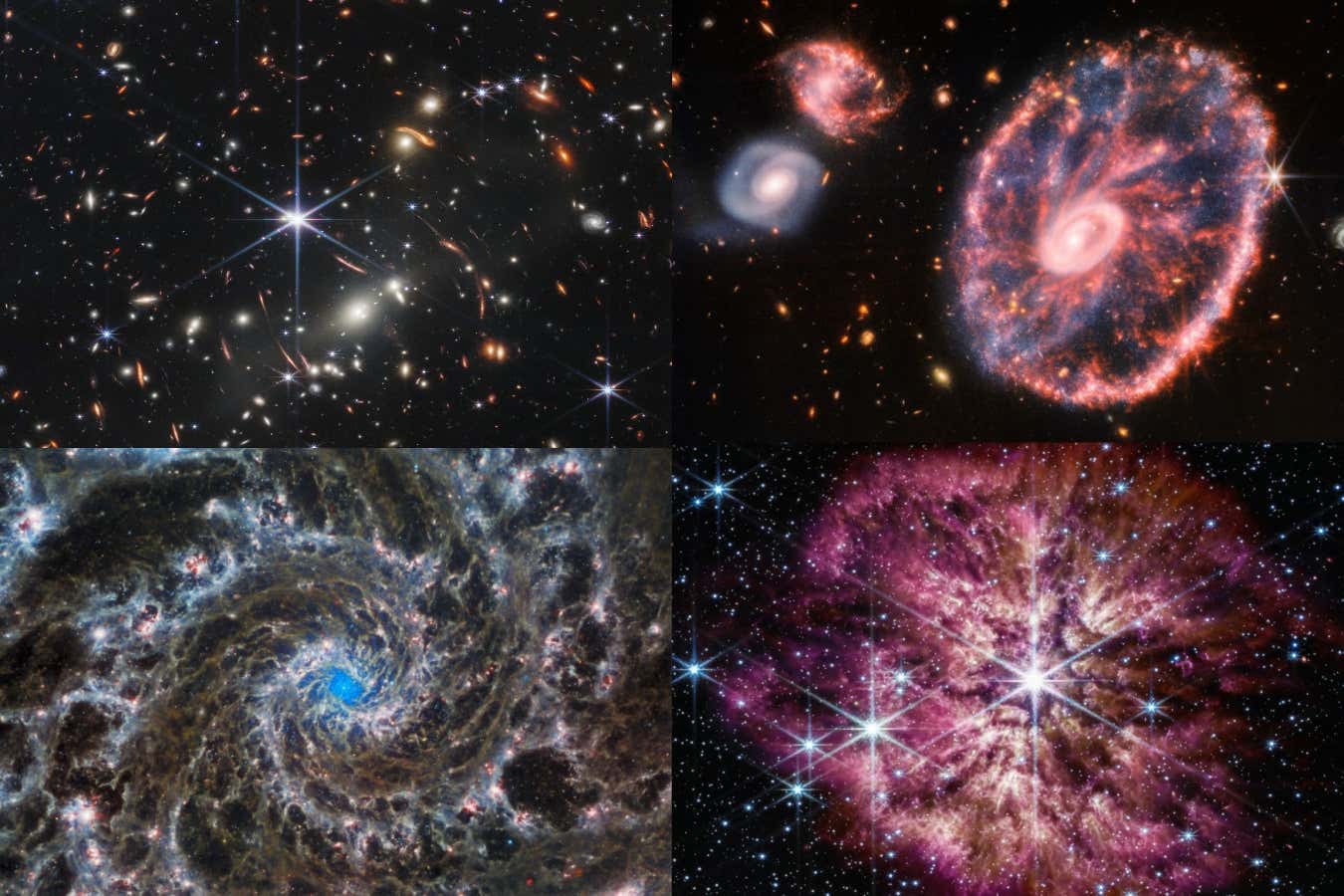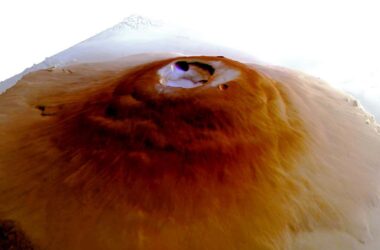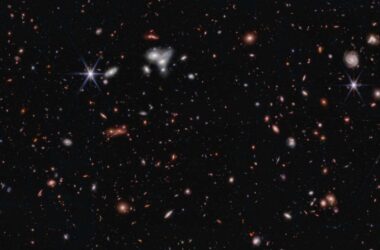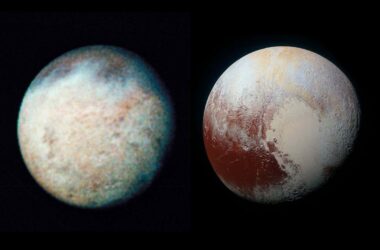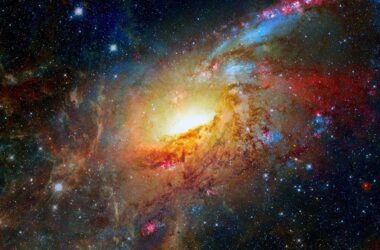The James Webb Space Telescope (JWST) has been making groundbreaking discoveries in the field of astronomy since its first batch of images were released on July 12, 2022. In its first year of operation, JWST has produced a remarkable collection of images that have captivated scientists and the public alike. Here are eight of the most stunning and intriguing images from its initial year of exploration:
1. Deep Field
One of the earliest images released by JWST was the “Webb’s First Deep Field.” This image, the deepest ever taken of the cosmos at the time, revealed previously unseen galaxies, some of which are believed to be the most distant galaxies ever observed. These discoveries have the potential to reshape our understanding of the early universe.
2. Pillars of Creation
JWST captured a detailed image of the famous Pillars of Creation, a star-forming region in the Eagle Nebula. Building on the legacy of the Hubble Space Telescope’s iconic image from 1995, JWST provided a closer look at the billowing clouds of dust and gas within the pillars, shedding light on the process of star formation.
3. Jupiter
While JWST is primarily focused on observing the distant universe, it also captured a breathtaking image of Jupiter, showcasing the planet’s auroras, rings, and moons. This image provides valuable insights into the inner workings of giant planets and their complex interactions.
4. Cartwheel Galaxy
The Cartwheel Galaxy is known for its unique and striking appearance. JWST’s ability to penetrate through dust allowed researchers to study this galaxy in detail, revealing ripples of stars and gas caused by a collision with a companion galaxy. The image also uncovered unexpected bursts of star formation resulting from the galactic collision.
5. WR 124
WR 124 is a Wolf-Rayet star on the verge of going supernova. JWST captured an image displaying the star shedding its outer layers, creating a cloud-like structure. This image provides scientists with valuable information about the later stages of stellar evolution.
6. Phantom Galaxy
The Phantom Galaxy, also known as M74, appears like a ghostly spiral in the JWST image. This detailed infrared image exposes the intricate details of the galaxy’s arms, offering insights into star formation and galaxy evolution.
7. WR 140
The image of WR 140 reveals rings surrounding the star system, which are composed of carbon-rich dust. These rings serve as a record of dust production over the years and contribute to the distribution of carbon in the universe, eventually becoming a part of new stars and planets.
8. Southern Ring Nebula
JWST captured two images of the Southern Ring Nebula, showcasing the interplay of multiple stars within the gas and dust nebula. The images reveal the complex structures formed by this celestial dance, shedding light on the processes shaping the nebula.
These eight images are just a glimpse of the groundbreaking work accomplished by JWST in its first year. With its advanced capabilities, JWST is expected to continue revolutionizing our understanding of the universe for years to come.
Topics:
- Astronomy
- James Webb Space Telescope




